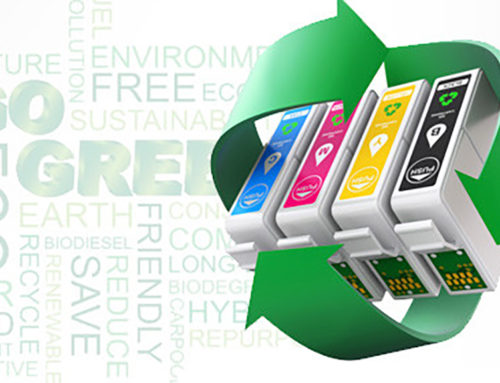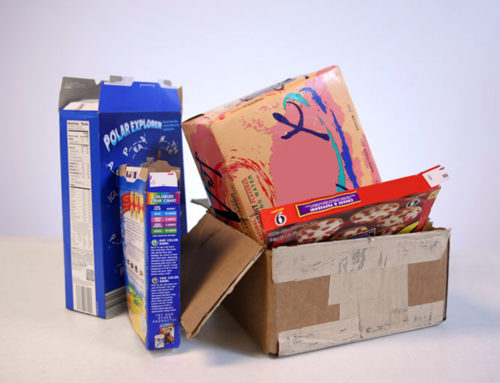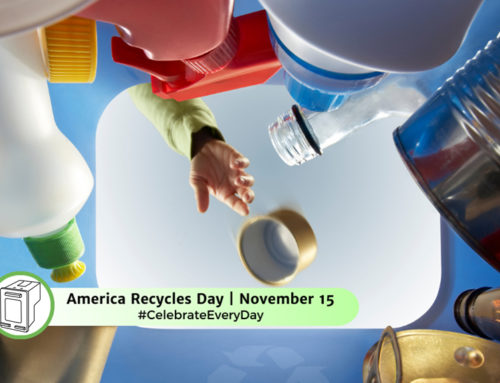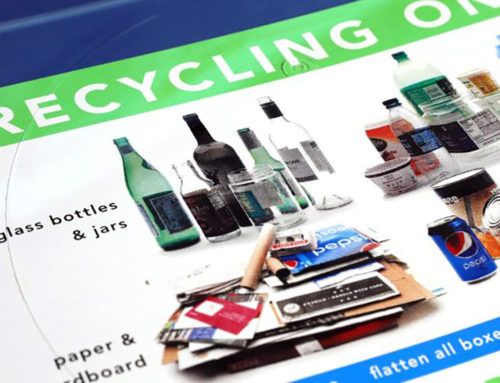In an era marked by growing environmental concerns, pollution prevention has emerged as one of the most pressing challenges companies face today. Whether it’s air, water, or soil, the consequences of unchecked pollution are far-reaching and impact not only the natural world but also our own health and well-being. The concept of pollution prevention, often abbreviated as P2, represents a proactive approach to tackling this issue head-on. By reducing or eliminating waste at its source, pollution prevention sets the stage for a more sustainable future. Businesses can play a pivotal role in preserving our planet.
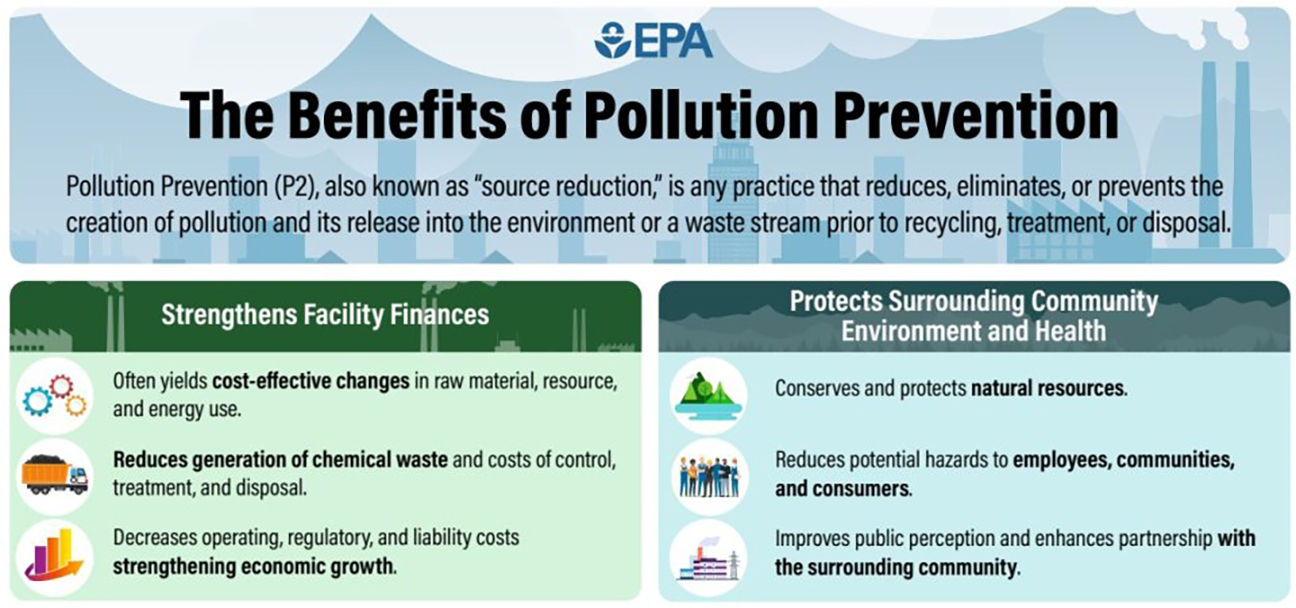
The Essence of Pollution Prevention:
At its core, pollution is a philosophy rooted in the idea that the best way to combat pollution is to prevent it from occurring in the first place. While mitigation efforts are crucial, addressing pollution at its source is both more effective and economically viable in the long run. Pollution prevention encompasses a wide range of practices and strategies aimed at minimizing waste, emissions, and environmental harm. Take a closer look at some key components of pollution prevention:
Modify Production Processes:
One of the most effective ways to prevent pollution is by altering production processes to emit fewer waste products and emissions. By investing in cleaner technologies and implementing eco-friendly manufacturing practices, industries can significantly reduce their environmental footprint.
Use Non-Toxic Substances:
Embracing non-toxic or less-toxic alternatives is another critical aspect of prevention. Substituting hazardous chemicals with environmentally friendly options not only safeguards human health but also reduces the risk of contaminating ecosystems.
Implement Conservation Techniques:
Conservation is a cornerstone of pollution prevention. By using less energy and water in day-to-day operations, businesses and individuals can reduce their environmental impact. Simple measures such as optimizing lighting, heating, and cooling systems can yield substantial energy savings.
Reuse Materials:
The adage “one person’s trash is another’s treasure” holds true in the realm of pollution prevention. Rather than discarding materials like production scrap or shop towels, consider ways to reuse them. This not only minimizes waste but also conserves resources.
Reduce Packaging:
Excessive packaging is a common source of pollution. To combat this issue, companies can explore sustainable packaging solutions, such as minimalistic designs and recyclable materials. Consumers can also make informed choices by supporting products with eco-friendly packaging.
Pollution prevention is not a mere aspiration; it is an actionable strategy that empowers individuals, communities, and businesses to take responsibility for their environmental impact. By adopting the principles of waste reduction, responsible chemical usage, and resource conservation, companies can make substantial strides in preventing pollution and working toward sustainability.


